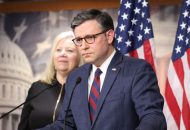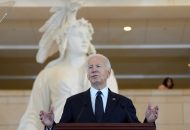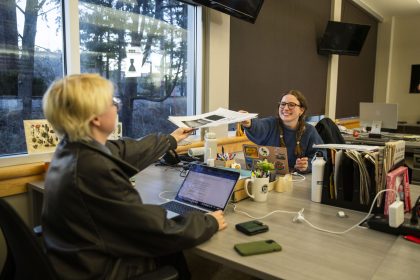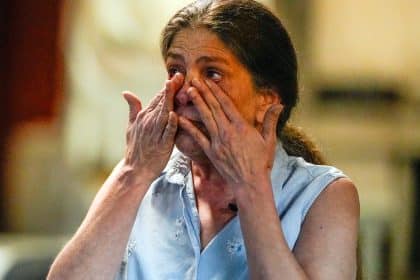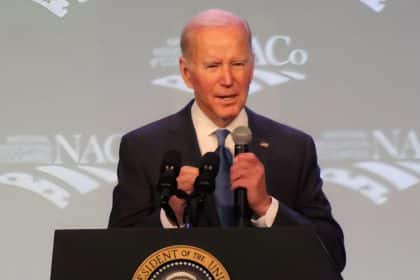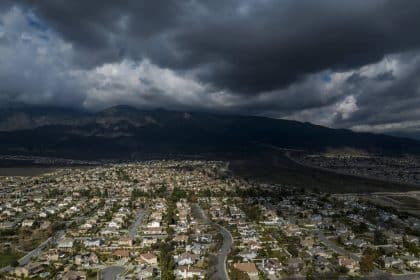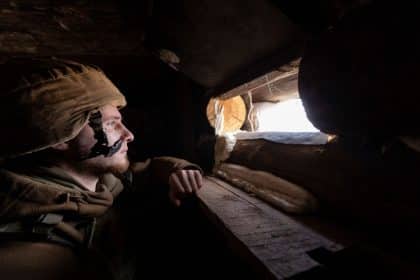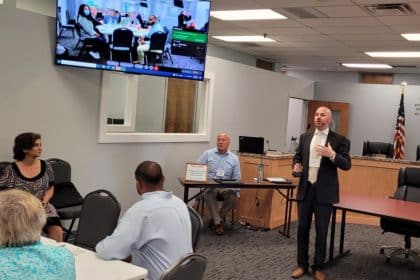Bipartisanship, Infrastructure and Local Government Take Center Stage at NACo Conference
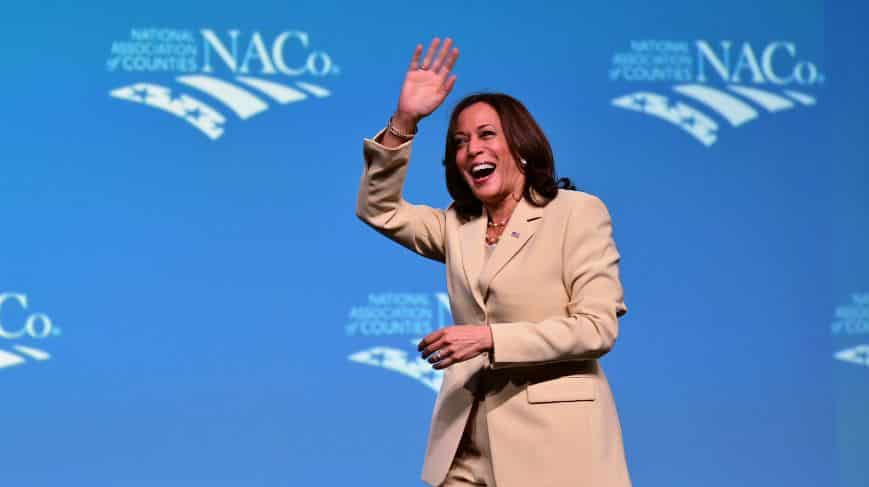
The headliners included everyone from Vice President Kamala Harris to Transportation Secretary Pete Buttigeig to House Speaker Nancy Pelosi, but have no doubt, the focus of the National Association of Counties annual conference was on renewal and a bipartisan way forward.
In a way, it couldn’t help but be.
The conference, which concluded Monday, was the first partially in-person gathering the organization has held since the onset of the coronavirus pandemic.
Despite the fact scores of members chose to attend virtually due to the lingering concerns about the pandemic, hundreds filled the 1,996-room Gaylord Hotel and Conference Center at National Harbor, in part to celebrate their victory over the global health crisis.
“Safety is our top priority,” said NACo President Gary Moore, explaining why the organization decided to continue the virtual aspect of its conference.
In 2020, the entire conference was presented via the internet.
“We are reimagining the conference agenda and the format to reduce the overall number of sessions and maximize the use of our entire conference space to avoid overcrowding,” said Moore, who serves as judge and executive in his native Boone County, Kentucky.
Opening the event on Friday, Vice President Kamala Harris congratulated the county leaders whom she said proved to be “incredible national leaders” during the crisis.
“People have looked to you to provide reassurance,” she said. “They have searched your eyes for comfort and for confidence to know that everything is going to be OK.”
“Even when you weren’t sure, you never gave up,” she said. “No matter how tired you were. You woke up every morning to get the job done.”
Harris went on to say that the Biden administration will continue to see county leaders as partners as its works to transform the country anew with the massive infrastructure package currently being negotiated on Capitol Hill.
“For too long, counties have been trying to maintain or repair infrastructure that simply needs to be updated,” she said. “Many of you have had to stretch already tight budgets to make that happen, to put Band Aids on the problem.”
The proposed bipartisan infrastructure agreement, she said, “will help connect every American to high-speed internet and through that agreement, we will expand our broadband infrastructure, we will open up competition to bring down prices and we will close that digital divide.”
Harris asked county officials to share their stories and expertise to let others know about infrastructure needs on the county level.
On Saturday, Transportation Secretary Pete Buttigieg also touted the infrastructure bill, while acknowledging the critical role counties will play to bring the president’s vision to light.
“You have so many more highway miles and road miles under your responsibility than mayors who usually get the first phone call,” he said.
“You have public health responsibilities that very few people thought much about until everything depended on it. You have so many functions that the public does not understand and are less likely to get attention for, except when something goes wrong.”
It is for that reason, he said, that county officials should not be shy in advocating for a bipartisan agreement on infrastructure that makes it to the president’s desk for his signature.
“Everyone in the National Association of Counties is in a position of power, but even more important, a position of trust and credibility to help bring the bipartisan infrastructure framework across the finish line. We’re looking at you to do just that,” he said.
“It’s amazing how challenging it sometimes is to get Congress to agree to something that overwhelming bipartisan majorities of Americans and local officials already overwhelmingly want,” he said. “This is the time to make your voices heard.”
House Speaker Nancy Pelosi’s moment on the NACo stage came Monday morning, when she sat down for a Q-and-A with the organization’s First Vice President Larry Johnson.
“While the states have their role to play, we could not do the job unless we went directly to county officials,” she said of the COVID-19 relief funding the Congress passed during the past year.
The bipartisan infrastructure bill includes $65 billion for broadband with $40 billion for rural broadband. Pelosi said in order to bridge the digital divide, there’s a need for more funding.
Pelosi said she turned to county officials for their input on how to spend the funds to see the most benefits for local communities.
“We still need more [funding],” she said. “We need to gauge, and you’ll help us do this — what do we need?”
Pelosi said it was necessary for members of Congress to hear from county officials and provide bipartisan support for relief funding.
“Know your power from this, you made so much of this happen,” she said.
Pelosi discussed the bipartisan infrastructure bill and told county officials the bill includes what could be agreed on related to infrastructure, but she said she feels some of it is an “old view” of infrastructure.
While the bill includes funding for broadband, Pelosi said there needs to be a greener infrastructure bill to create more jobs.
“We have to make the bill greener to be more for this century than last century,” she said.
To build back better, she said the bill needs to focus on workforce training and development to benefit everyone in the economy.
“We want to have a bipartisan bill, but we have to recognize that we have to have legislation of the future that involves many more people that is greener for our country and more technologically available to everyone,” she said.
The NACo conference was the first major event held at the hotel since it underwent a $64 million renovation while it was closed down during the pandemic. It just reopened to the public on July 1.









